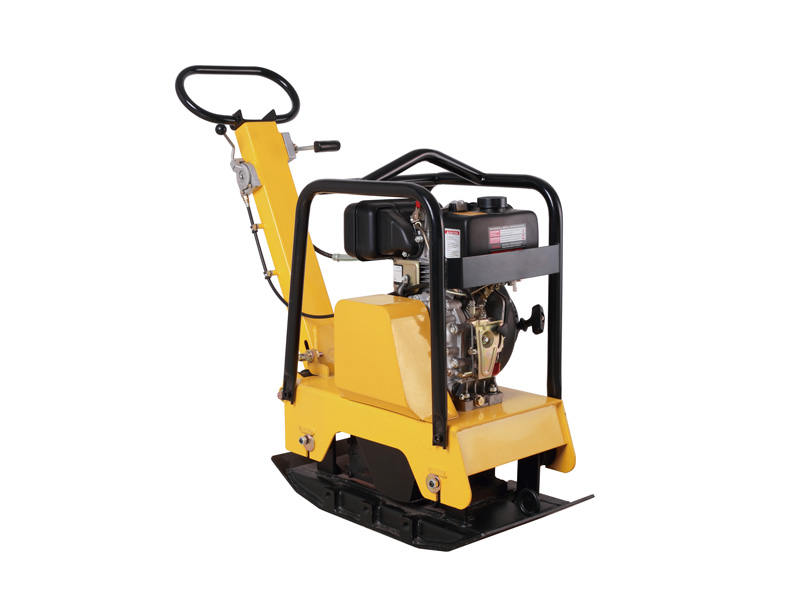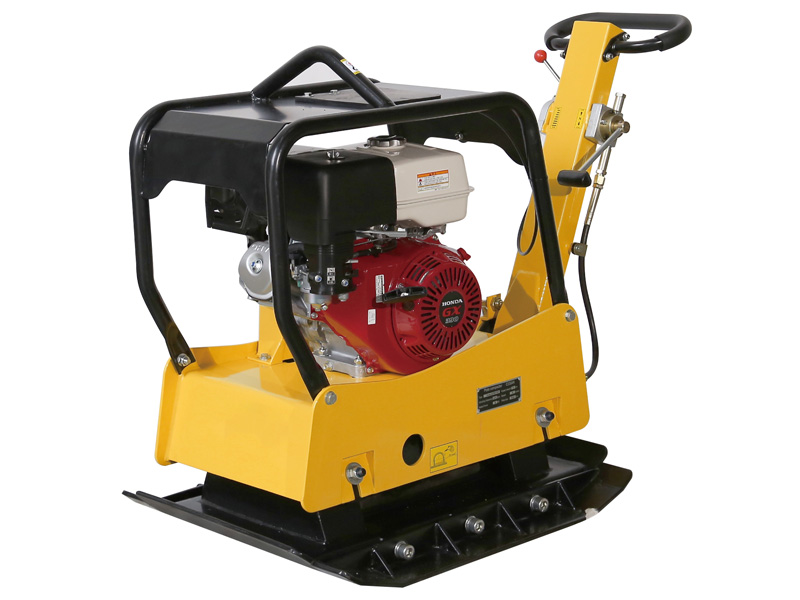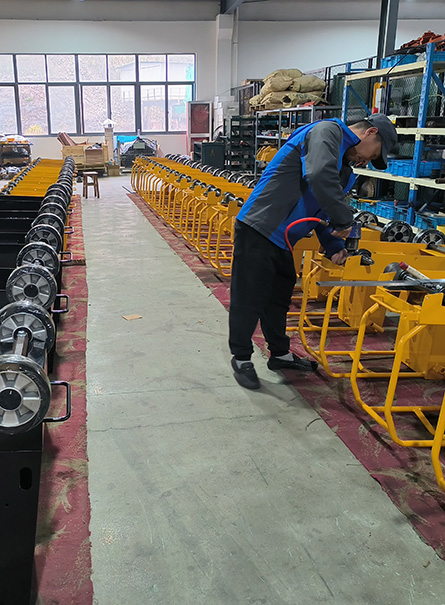What is a Reversible Plate Compactor?
A reversible vibratory plate is a special type of plate compactor.
Most plate compactors are basic function machines, that is, the forward plate can only move forward. The main difference between reversible plate compactors is the forward and reverse options, i.e. two-way movement. Reversible vibratory plate compactor ideal for compacting trenches and backfill around foundations.
How do reversible plate compactors work?
The working principle of the reversible plate compactor is similar to the ordinary plate compactor. It uses the engine to drive the large metal plate at the bottom to move at high speed, to achieve the effect of compacting the gravel. But the reversible plate compactor has its particularity, it can run in reverse so that the ground compaction is more uniform and the flexibility is greatly improved.
Forward vs. Reversible Plate Compactors
Plate compactors, essential in the realm of construction and landscaping, serve to establish a firm foundation and an even terrain. These devices come in two primary variants: forward plate compactors and reversible plate compactors.
Forward plate compactors are configured to advance linearly, finding their use chiefly in the compression of soil, sand, and gravel. Their operation involves a substantial metallic plate that oscillates swiftly, thus compacting the underlying material. The source of this vibration can be an inbuilt engine or an external power supply, such as an air compressor or a gasoline engine.
Reversible plate compactors distinguish themselves with a pivotable plate, enabling operation in both forward and backward directions. This versatility renders them suitable for confined areas or scenarios unsuitable for a forward plate compactor. Their typical application includes the compaction of asphalt, concrete, and similar more rigid materials.
The disparity between these compactor types also lies in the dimensions and heft of the plate. Forward plate compactors possess a more expansive plate, apt for swiftly covering extensive areas. In contrast, reversible plate compactors feature a more compact plate, facilitating maneuverability in restricted spaces and around impediments.
When selecting between a forward plate compactor and a reversible plate compactor, the nature of the material and the spatial constraints of the task at hand are pivotal considerations. A forward plate compactor is optimal for extensive, unobstructed areas requiring rapid coverage. Conversely, a reversible plate compactor is preferable for confined spaces or when navigating obstacles.
Ultimately, both forward plate compactors and reversible plate compactors stand as vital instruments in construction and landscaping. The appropriate choice hinges on the specific demands of your undertaking, necessitating a thoughtful evaluation of the options available.




